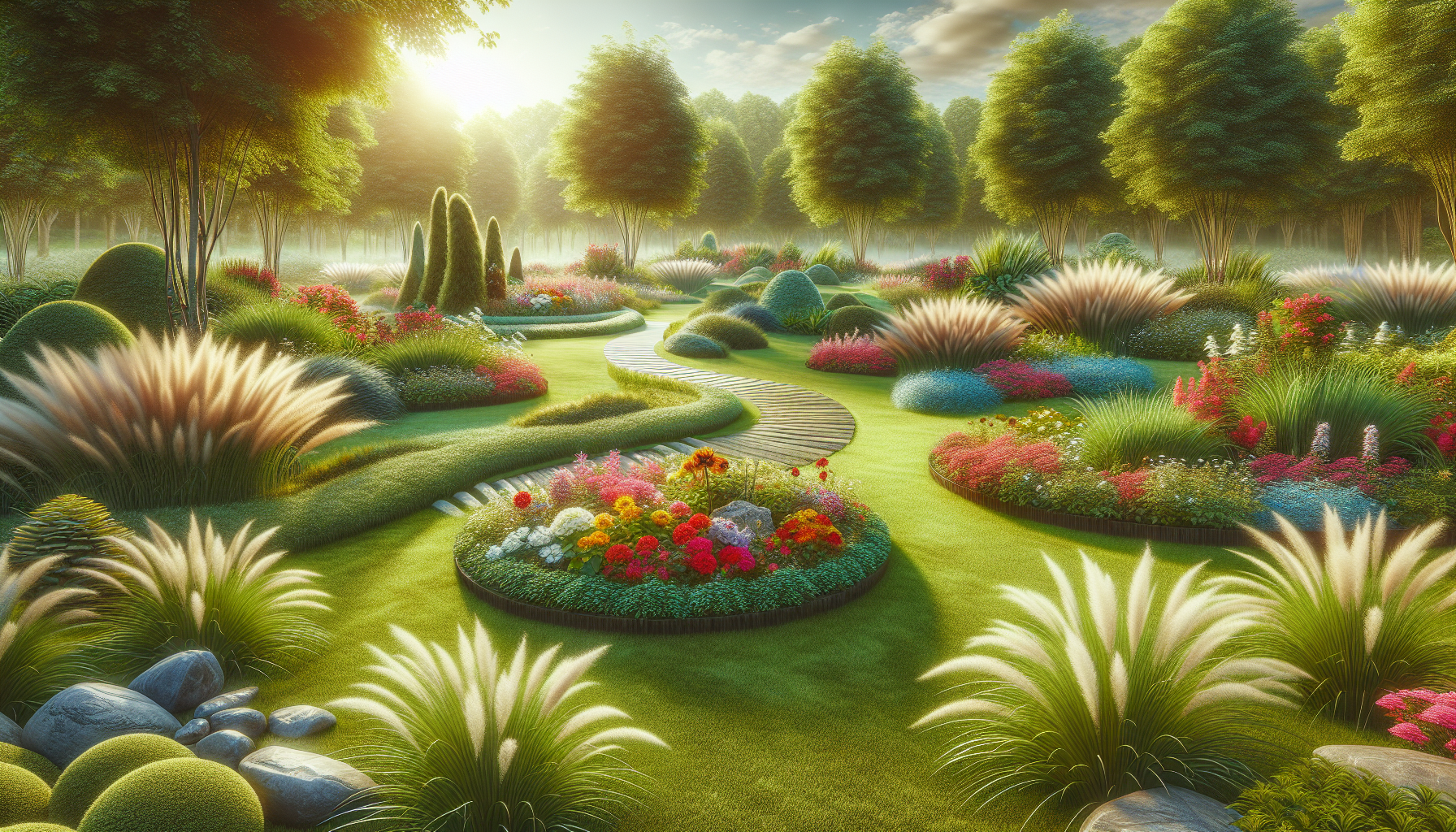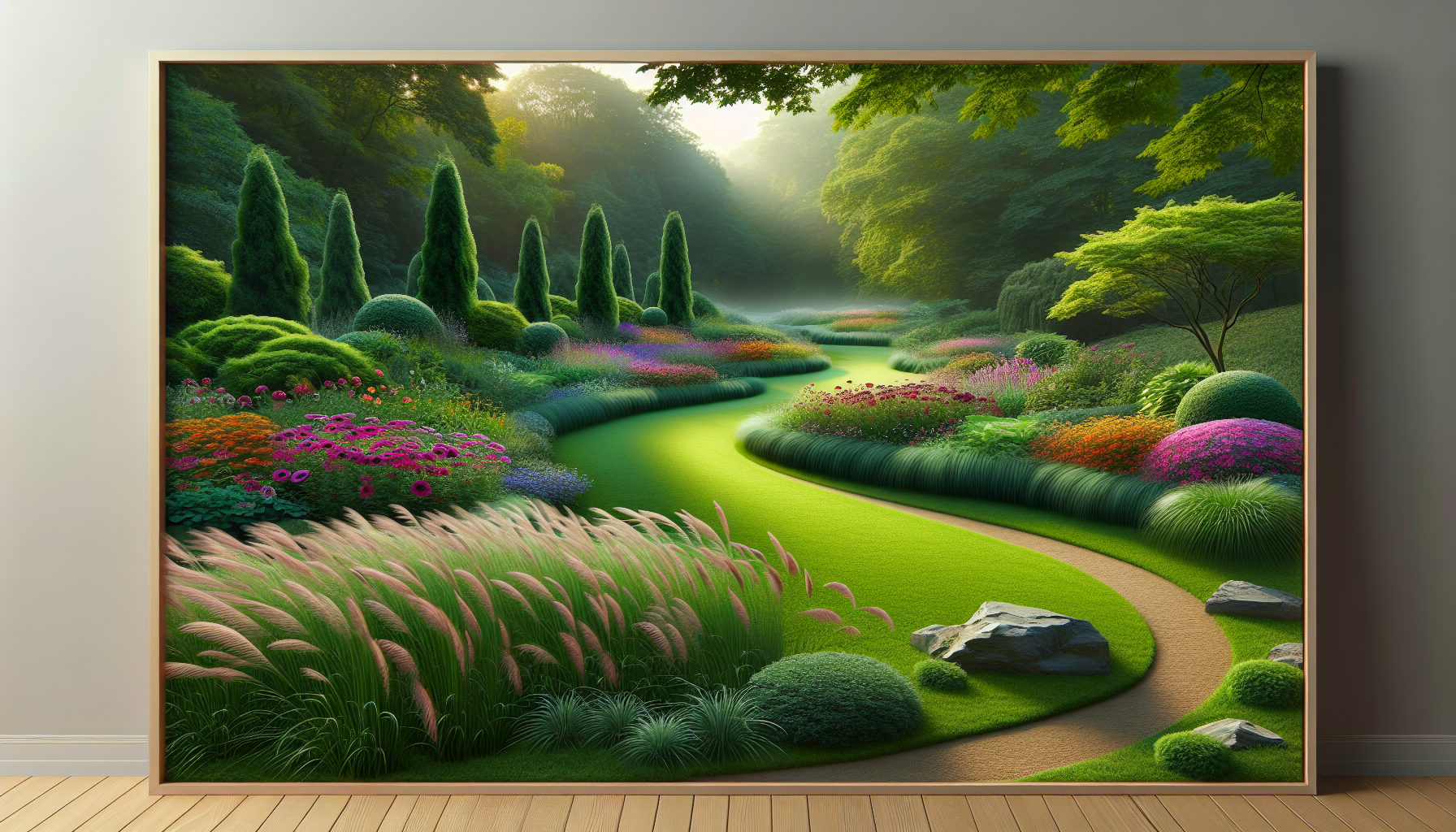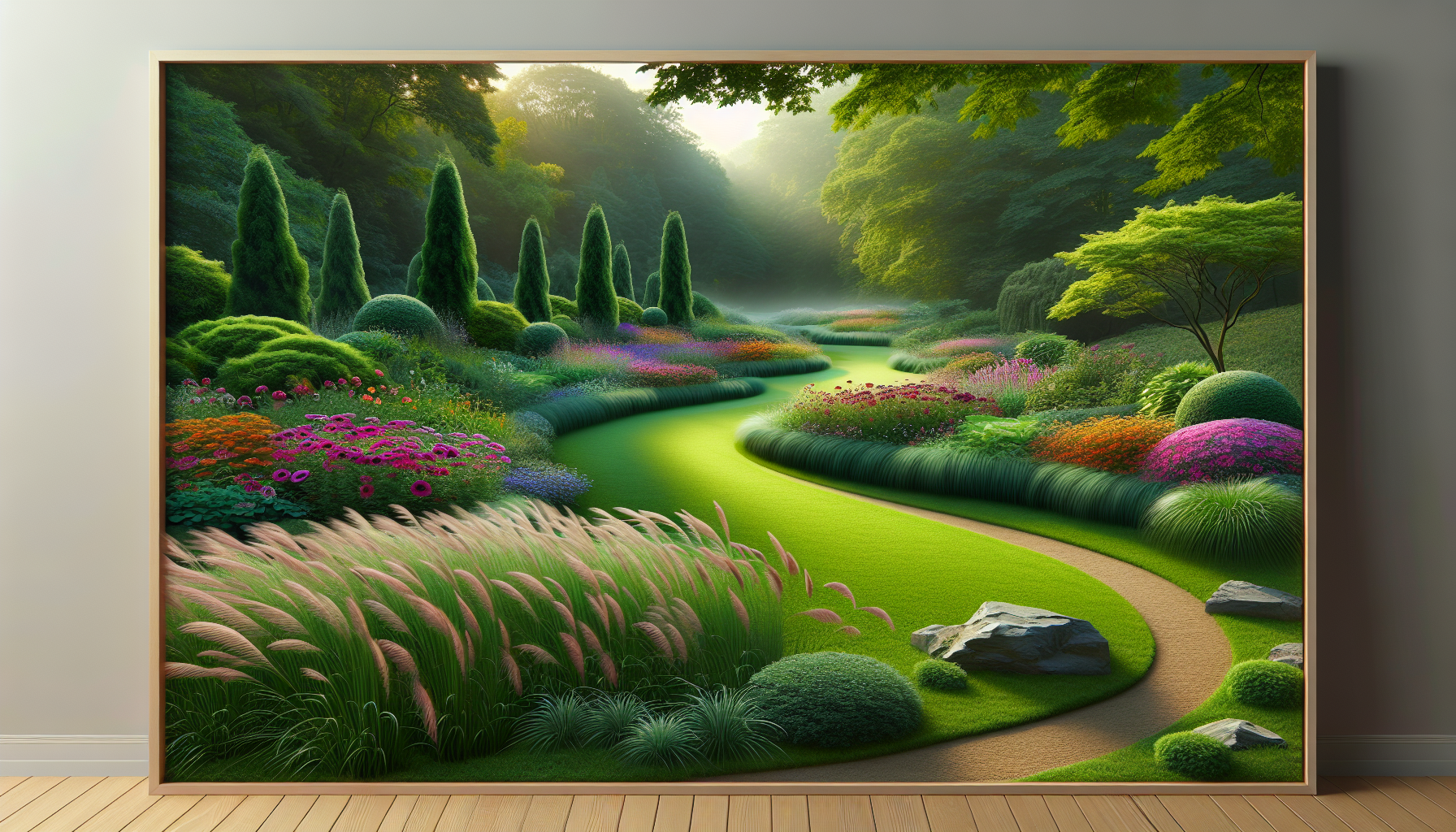What comes to mind when you think of landscaping? The lush greenery, the vibrant flowers, or perhaps the hard surfaces like patios and walkways? In the world of landscaping, there are two main components: softscape and hardscape. If you’re wondering what softscape means, you’ve come to the right place!

Understanding Softscape
Softscape refers to the living components of a landscape. This includes plants, trees, flowers, and soil. Unlike hardscapes, which consist of non-living elements like concrete, stone, or brick, softscape adds life and color to outdoor spaces. It plays a crucial role in the overall design and functionality of any landscape.
The Importance of Softscape
Softscape is vital for several reasons. First, it enhances the aesthetic appeal of a property. A garden filled with vibrant flowers and trees can make any outdoor space inviting. Additionally, softscape improves air quality, provides shade, and supports local wildlife. You may not realize it, but the soft elements can also impact the temperature around your home, creating a cooler environment on hot days.
Key Components of Softscape
Now that you understand what softscape is, let’s break down its key components to give you a clearer picture.
Plants
Plants are the backbone of softscape. They can include anything from blooming flowers to towering trees. Each type of plant serves a different purpose, whether it’s for decoration, privacy, or enhancing biodiversity.
Types of Plants
- Annuals: These plants complete their life cycle in one growing season. They are great for adding seasonal color.
- Perennials: Unlike annuals, perennials return year after year, providing a stable base for your garden.
- Shrubs: Often used for borders or hedges, shrubs can add structure to your garden layout.
- Trees: From small ornamental trees to large shade trees, they provide height and can create focal points.
Grass
Grass is an essential part of any softscape. It covers the ground and creates lush green areas in your garden. There are many types of grass suitable for different climates and uses.
Types of Grass
- Cool-season grasses: These grow best in the cooler temperatures of spring and fall. They thrive in regions with cold winters.
- Warm-season grasses: These are ideal for warmer climates and grow best during the heat of summer.
Soil
Soil is often overlooked, but it is a critical element of softscape. Healthy soil supports plant growth and contributes to the overall health of your garden.
Types of Soil
- Clay soil: It retains moisture well but can become compacted, making it hard for roots to grow.
- Sandy soil: This drains quickly but may not hold nutrients effectively.
- Loamy soil: A combination of clay, sand, and silt, it is often considered the best for gardening because it retains moisture while allowing drainage.
Designing with Softscape
When designing your landscape, it’s important to consider how softscape elements interact with one another. Here’s how you can create a harmonious garden.
Layering Plants
Use layers to give your landscape depth. Place taller plants at the back and shorter plants in front. This creates a visually pleasing arrangement and ensures that all plants receive adequate sunlight.
Choosing Colors
Incorporate a variety of colors in your softscape. Use a mix of flowering plants and foliage to create a vibrant scene. Think about how colors can affect your mood or the atmosphere of your space.
Seasonal Considerations
Select plants that bloom at different times of the year to ensure that your garden remains visually appealing throughout the seasons. This will keep your landscape looking fresh and lively all year round.
Maintenance of Softscape
Caring for your softscape is important to preserve its beauty and functionality. Here are some essential maintenance tips.
Watering
Proper watering is crucial for plant health. Ensure that you choose a schedule that meets the needs of your plants, considering factors like rainfall and plant type.
Pruning
Regular pruning helps maintain the shape and health of your plants. It encourages growth and can prevent diseases.
Fertilizing
Using the right fertilizer can nourish your plants, helping them thrive. Opt for organic options when possible to support the environment.

The Relationship Between Softscape and Hardscape
Understanding how softscape interacts with hardscape can help you create a well-balanced landscape. While softscape brings life to your garden, hardscape provides structure and utility.
Creating Contrast
Using hardscape areas such as patios or walkways can help highlight softscape features. For example, a stone pathway leading to a flower garden can draw the eye and enhance the beauty of both elements.
Functionality
Hardscape elements like seating areas or fire pits can complement softscape designs. They create functional spaces for relaxation and enjoyment amidst the greenery.
Choosing a Landscaping Approach
When it comes to landscaping your property, consider the purpose of the space. Are you looking for a serene garden to relax in, or do you want a vibrant place for gatherings? Your approach will determine the balance between softscape and hardscape.
Formal vs. Informal Landscaping
- Formal landscaping: This typically features symmetrical designs and structured plant arrangements. It can give an elegant, polished look.
- Informal landscaping: This style is more relaxed, with natural shapes and curves. It often uses a mix of flowering plants and shrubs for a more casual vibe.
Sustainable Practices
Consider using native plants in your softscape design. They require less maintenance and resources, making them an eco-friendly option. Additionally, practices such as composting and rainwater harvesting can also support sustainable landscaping.
Conclusion: Embracing Softscape
Understanding what softscape means is essential to creating a beautiful and functional outdoor space. By incorporating plants, trees, and soil into your landscape design, you can enhance the aesthetics and contribute positively to the environment.
If you’re considering any home improvements or landscaping projects, reaching out to professionals can make a big difference. For all your roofing needs and other home services, Xclusive Home Services is here to help. You can contact them at:
Xclusive Home Services
14505 N. Hayden Rd., Ste. 101
Scottsdale, AZ 85260
Phone: (602) 341-5545
Email: management@xclusivehomeservicesco.com
Remember, a balanced approach that merges softscape with hardscape can result in a stunning, functional landscape that you can cherish for years to come. Happy landscaping!



